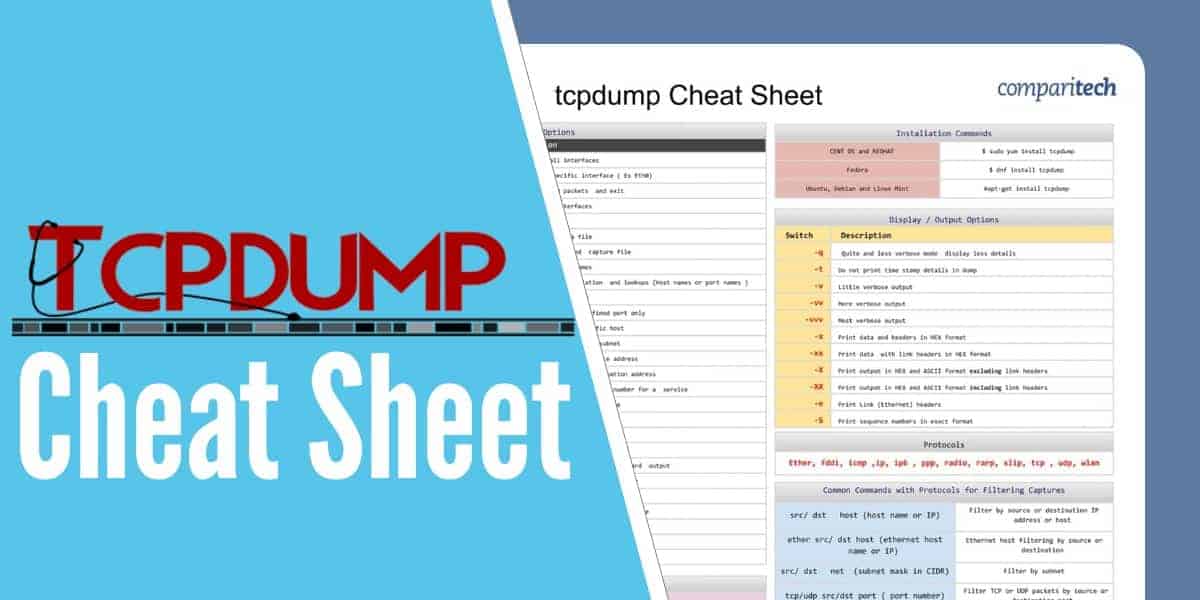

But with -c option, you can capture specified number of packets. When you run tcpdump command it will capture all the packets for specified interface, until you Hit cancel button.
Centos install tcpdump full#
Tcpdump: verbose output suppressed, use -v or -vv for full protocol decode But if you want to capture TCP/IP traffic from desire network interface you need to use switch -i and after it give the name of interface say eth0. To capture the TCP/IP traffic on specific interfaceīy default only executing tcpdump command will captures all packets from all the interfaces, the command screen will scroll up until you interrupt. $ sudo apt-get install tcpdumpīelow are the 12 useful commands you can use after tcpdump tool installation in your Linux systems.Ģ. tcpdump installation command in RHEL/CentOS. In Many Linux distributions tcpdump tool is already available, if in case you don’t have it in your Linux systems, you can install it using following Yum command in case of Red Hat / CentOS or from apt-get in case of Ubuntu:Ī. It can be save in a pcap format file, that can be viewed by tcpdump command or a open source GUI based tool called Wireshark (GUI Network Packet analyser tool) that reads tcpdump pcap format files. Tcpdump has an option to save captured packets in a file for future analysis. It sniff or capture the TCP/IP traffic that receive or transfer over a network. It is most powerful and widely used command line tool for Linux/Unix.


 0 kommentar(er)
0 kommentar(er)
